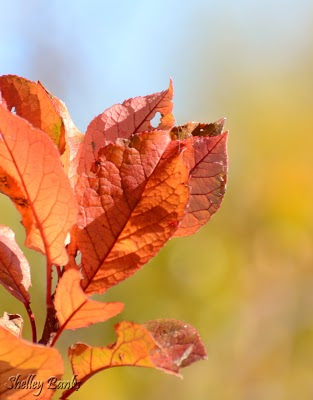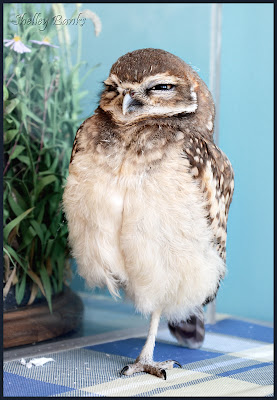 |
| Fire dragons, minutes from my house © SB |
By late Sunday afternoon, smoke from stubble fires in fields around Regina had filled the high sky with a fine gray haze, as if dragons had encircled us with their flames.
Apparently this is good land management, not air pollution (or attacks by alien — aka dragon — species).
Seems odd, but what do I know? I was brought up on asphalt, not wheat fields.
Maybe this looks unhealthy only to those of us with allergies. If seasonal burning works for the rest of you, I'll buy more antihistamines so I'm better prepared. (And read up on taming fire dragons.)
~~~~~
















